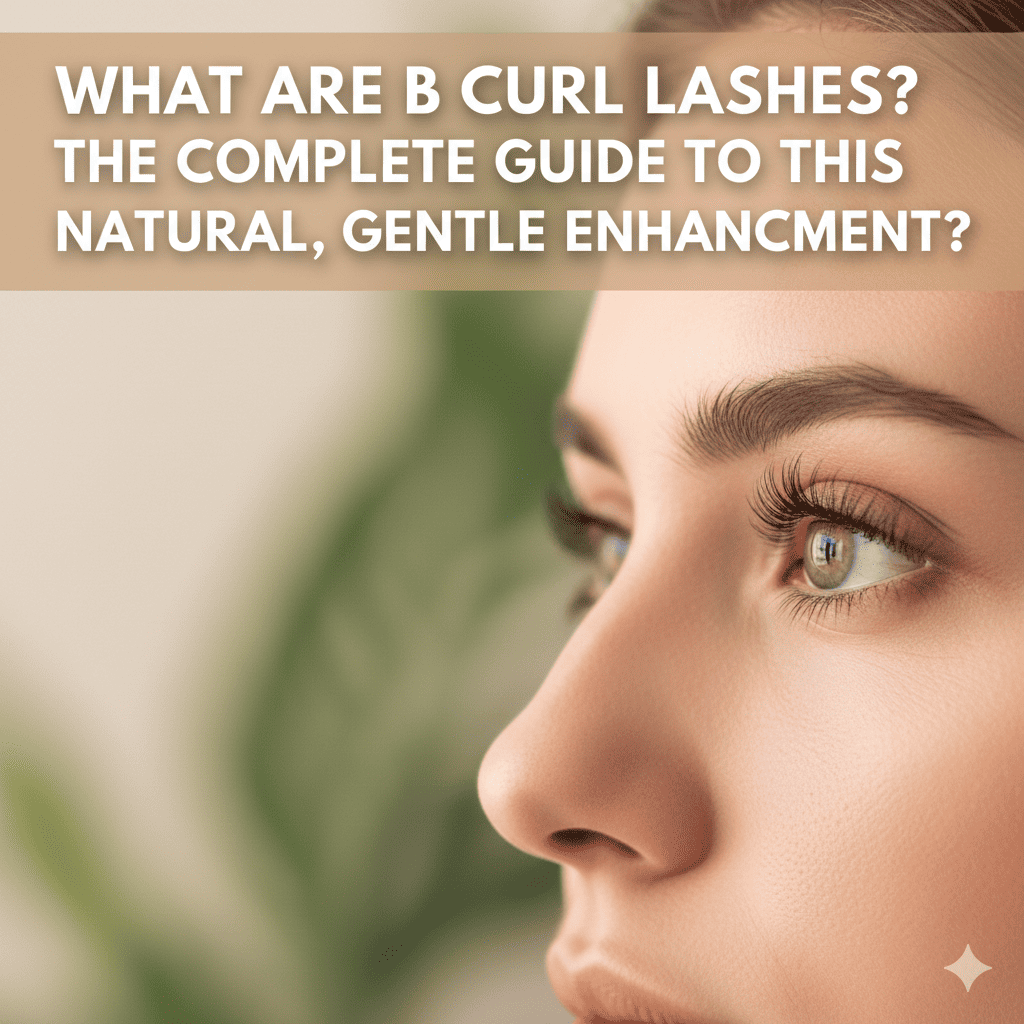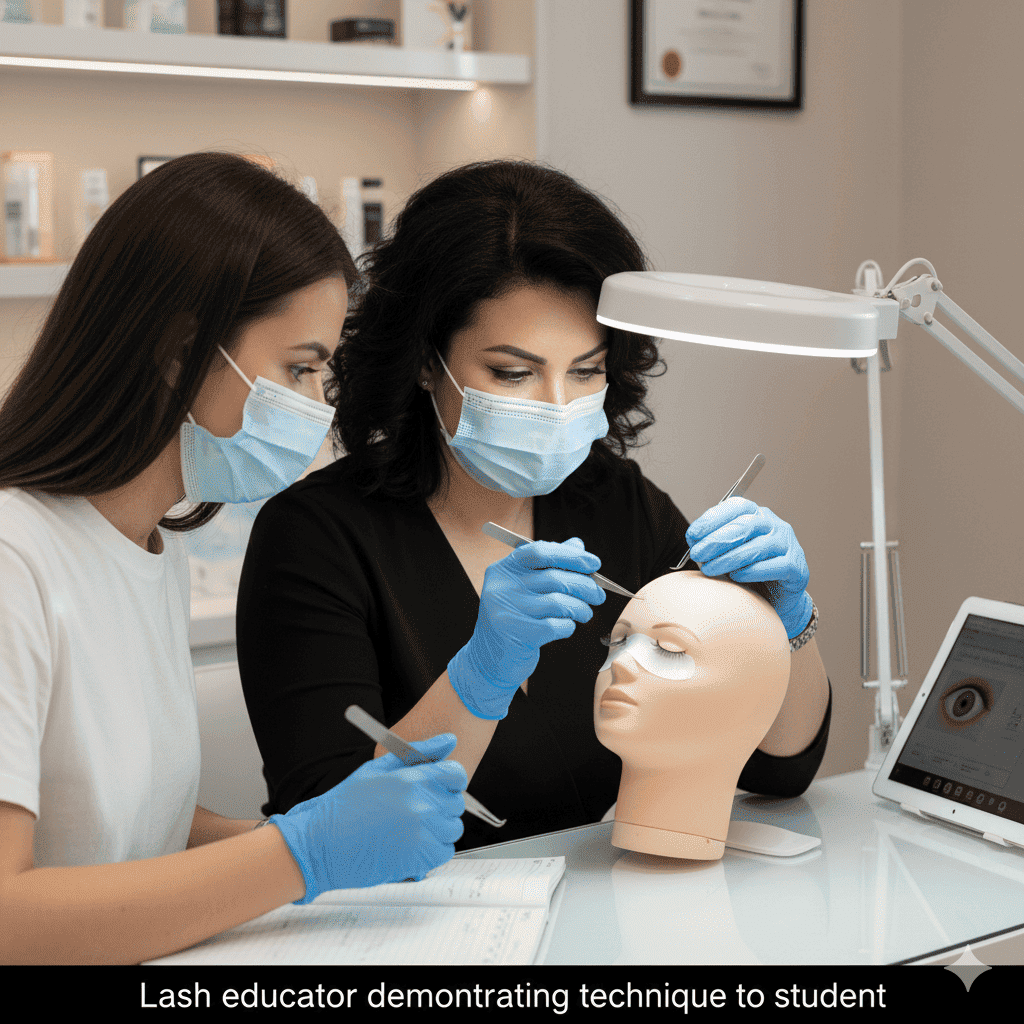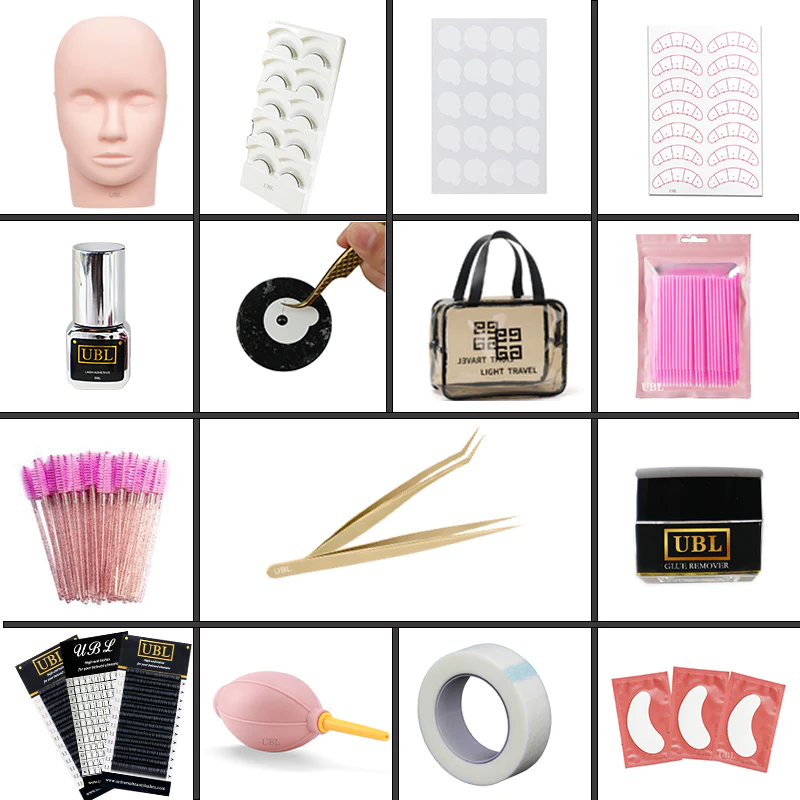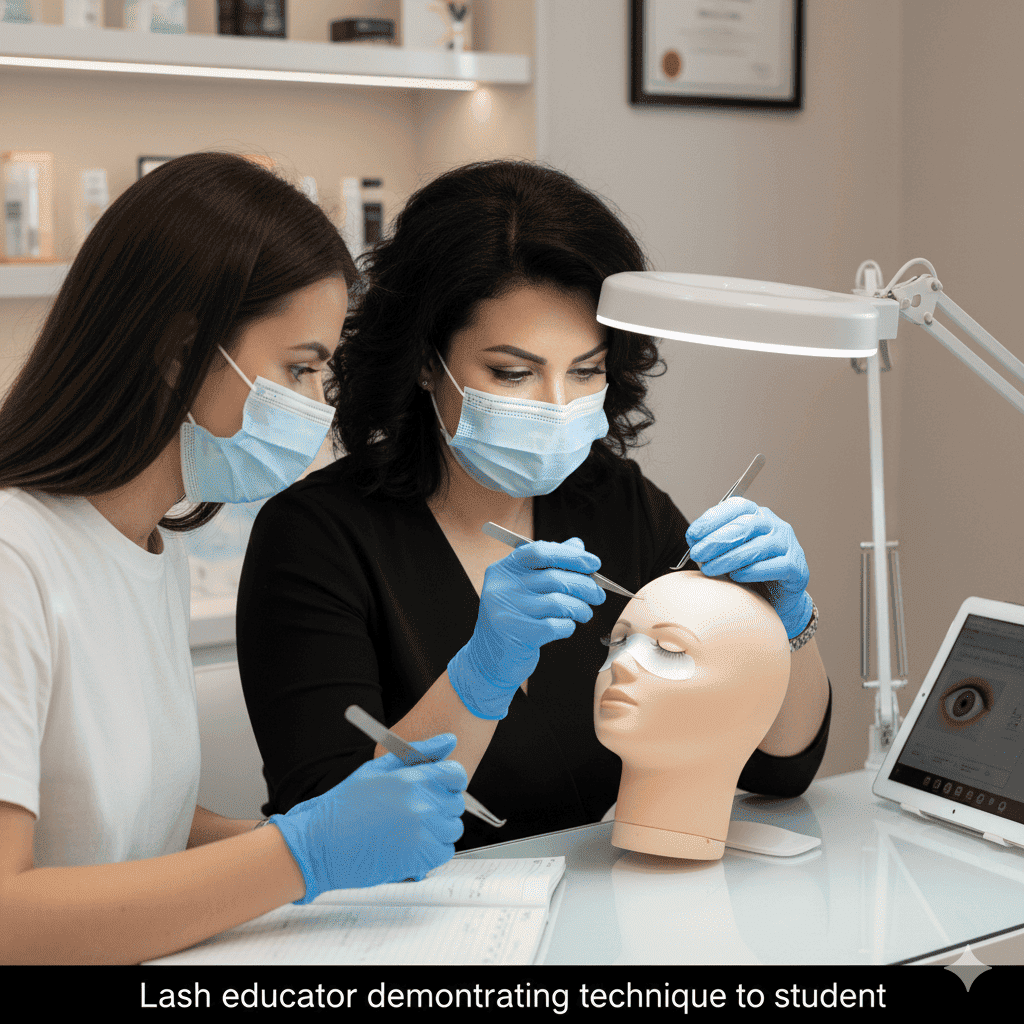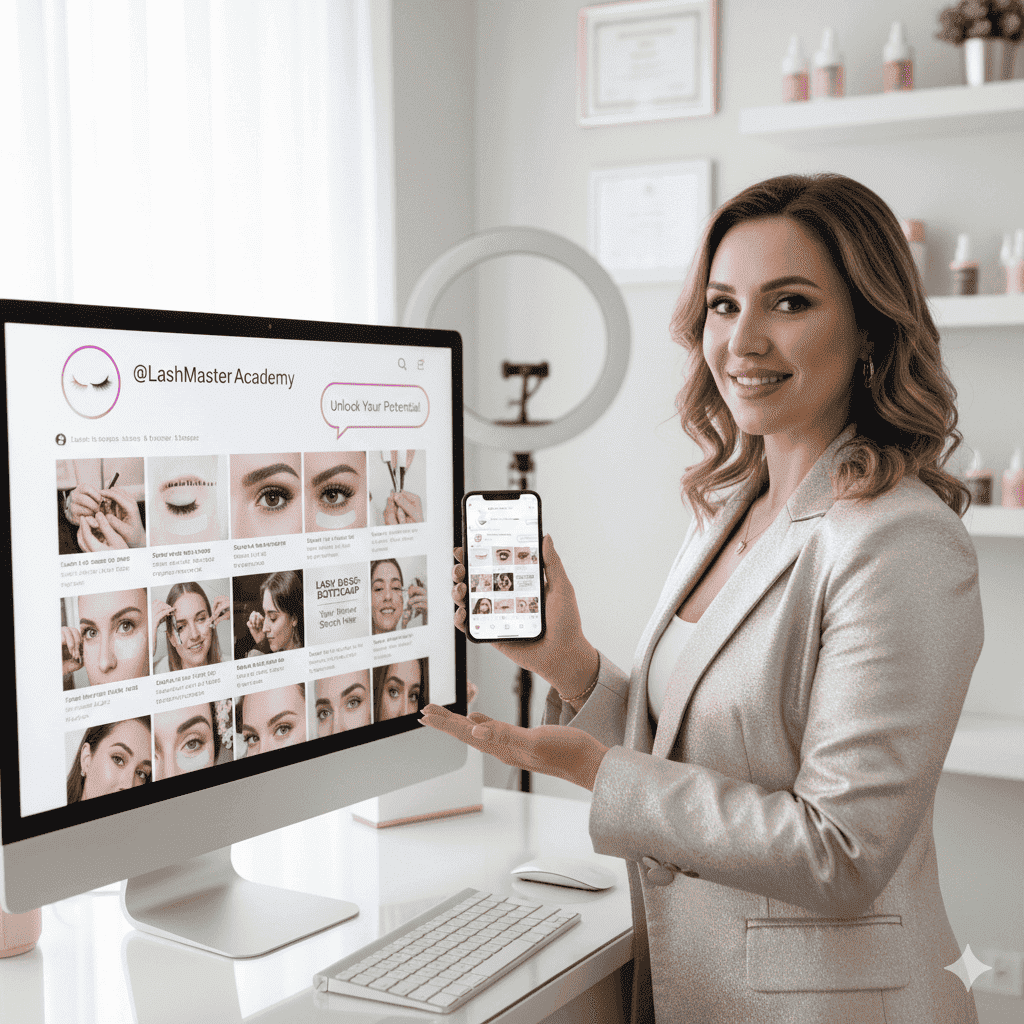Starting your journey from lash artist to educator? Many skilled technicians make this rewarding transition to share their expertise.
Transforming your lash skills into a teaching business requires proper planning, materials, and marketing strategies to attract students and build credibility[1].
Whether you’re expanding your lash business or pursuing a new career path, creating a workshop demands careful preparation. Let’s explore the essential steps to develop a successful training program that stands out in the competitive lash education market.
Why Should You Become a Lash Educator?
Considering a career shift from technician to teacher? The transition offers both personal and professional rewards.
Becoming a lash educator allows you to share your passion, advance your career, and generate additional income streams while positively impacting the lash community[3]. This role lets you mold new talent and contribute to raising industry standards.
The Educator’s Toolkit: Essential Requirements
| Requirement Category | Specific Needs | Why It Matters |
|---|---|---|
| Qualifications | Certified lash technician status1, teaching accreditation | Establishes credibility and meets industry standards [1] |
| Technical Skills | Extensive hands-on experience with various lash styles | Enables effective demonstration and troubleshooting [3] |
| Teaching Materials | Manuals, handouts, presentations | Supports different learning styles and provides reference materials [1] |
| Practical Equipment | Tweezers, mannequin eyelids, quality products | Allows hands-on practice essential for skill development [1] |
Transitioning from artist to educator requires more than technical expertise. You must develop comprehensive teaching materials that cover both theory and practical application. Training manuals should include clear instructions, safety protocols, and product information to ensure students receive complete education [1]. Additionally, proper accreditation through organizations like LASH INC adds credibility to your program and increases enrollment likelihood [1]. Your teaching approach should accommodate different learning styles through demonstrations, hands-on practice, and visual aids to ensure all students can grasp complex techniques.
What Essential Materials Do You Need for Your Workshop?
Preparing the right materials is crucial for delivering effective lash education. Your students need proper resources to learn and practice successfully.
Your workshop requires comprehensive training manuals, practical demonstration tools, quality lash products, and safety equipment to ensure students receive complete hands-on education[1]. These materials form the foundation of your teaching methodology and student learning experience.
Building Your Educational Foundation
| Material Type | Specific Items | Purpose |
|---|---|---|
| Training Manuals | Classic and volume lash manuals, technique guides | Provides structured learning reference for students [1] |
| Practical Tools | Tweezers, mannequin eyelids, isolation tools | Enables hands-on practice and skill development [1] |
| Lash Products | Various extensions, adhesives, accessories | Demonstrates product selection and application techniques [1] |
| Safety Equipment | Disinfectants, gloves, masks | Teaches proper hygiene and safety protocols [3] |
Your material selection directly impacts student learning outcomes. Invest in quality products from reputable suppliers like Vinlash to ensure students learn with industry-standard materials [3]. The training manual serves as the cornerstone of your curriculum, containing everything from basic techniques to advanced applications. For practicality, consider purchasing editable manual templates specifically designed for lash education, which can save development time while ensuring comprehensive content coverage [1]. Your equipment should include enough materials for all students to practice simultaneously, as hands-on experience is crucial for skill acquisition and confidence building.
How Do You Structure an Effective Lash Workshop?
Creating the right workshop structure ensures students receive balanced theoretical knowledge and practical skills.
Effective lash workshops combine clear learning objectives, hands-on practice sessions, and comprehensive assessments to ensure students master both technique and safety protocols[1]. The structure should progress from basic concepts to advanced applications with ample practice opportunities.
Workshop Framework Components
| Session Component | Time Allocation | Key Activities |
|---|---|---|
| Theory Foundation | 1-2 hours | Product knowledge, safety protocols, client consultation |
| Demonstration | 1-2 hours | Technique展示, isolation methods, adhesive application |
| Guided Practice | 2-3 hours | Supervised practice on mannequins, corrective feedback |
| Assessment | 1 hour | Technique evaluation, knowledge testing, certification |
Your workshop structure should follow a logical progression that builds student confidence. Begin with essential theory covering product knowledge, safety standards, and client consultation techniques [1]. Follow with live demonstrations where you break down each technique into manageable steps, explaining the reasoning behind each action [3]. The heart of your workshop should be hands-on practice sessions where students apply techniques on mannequin eyelids before progressing to live models [1]. Incorporate continuous assessment throughout the workshop to identify areas needing improvement and ensure each student meets certification standards before completion.
How Should You Market Your Lash Training Services?
Effective marketing transforms your educational offerings into a successful business venture.
Market your lash workshop through professional online presence, social media engagement, and introductory events to attract students and establish industry credibility[3]. Your marketing should highlight your unique expertise and the practical benefits students will gain from your training.
Marketing Strategy Framework
| Marketing Channel | Implementation Strategy | Expected Outcome |
|---|---|---|
| Social Media | Instagram tutorials, before-after photos, student testimonials | Builds authenticity and demonstrates teaching results [3] |
| Website | Course details, accreditation information1, enrollment system | Provides professional presence and conversion platform |
| Networking | Industry events, beauty expos, salon partnerships | Establishes professional connections and referrals |
| Introductory Offers | Free webinars, mini-workshops, discounted first sessions | Attracts new students and reduces resistance to enrollment |
Your marketing should emphasize what makes your workshop unique—whether it’s your teaching methodology, special techniques, or specific accreditation [1]. Develop a strong brand identity with consistent visuals and messaging across all platforms to build recognition and trust [3]. Utilize student success stories2 and testimonials as powerful social proof that demonstrates the effectiveness of your training approach. Offer free introductory webinars or mini-workshops to give potential students a taste of your teaching style while capturing leads for your full programs [3]. Remember that in the lash education market, your reputation and student outcomes become your most effective marketing tools over time.
Conclusion
Transitioning from lash artist to educator requires careful planning, quality materials, and effective marketing to build a successful training business.

Fanny
Lash Technician
Hi, I’m Fanny, the author of this post.
Over the past 5 years, we have assisted numerous lash salons and technicians across 20 countries to build their lash brand and grow their businesses with high-quality lash extension products.
If you have any questions or need assistance, feel free to reach out for a free consultation or to discuss tailored solutions for your business needs.
More Interesting Posts
Bulk Lash Extension Purchasing: MOQ Negotiation & Volume Discounts
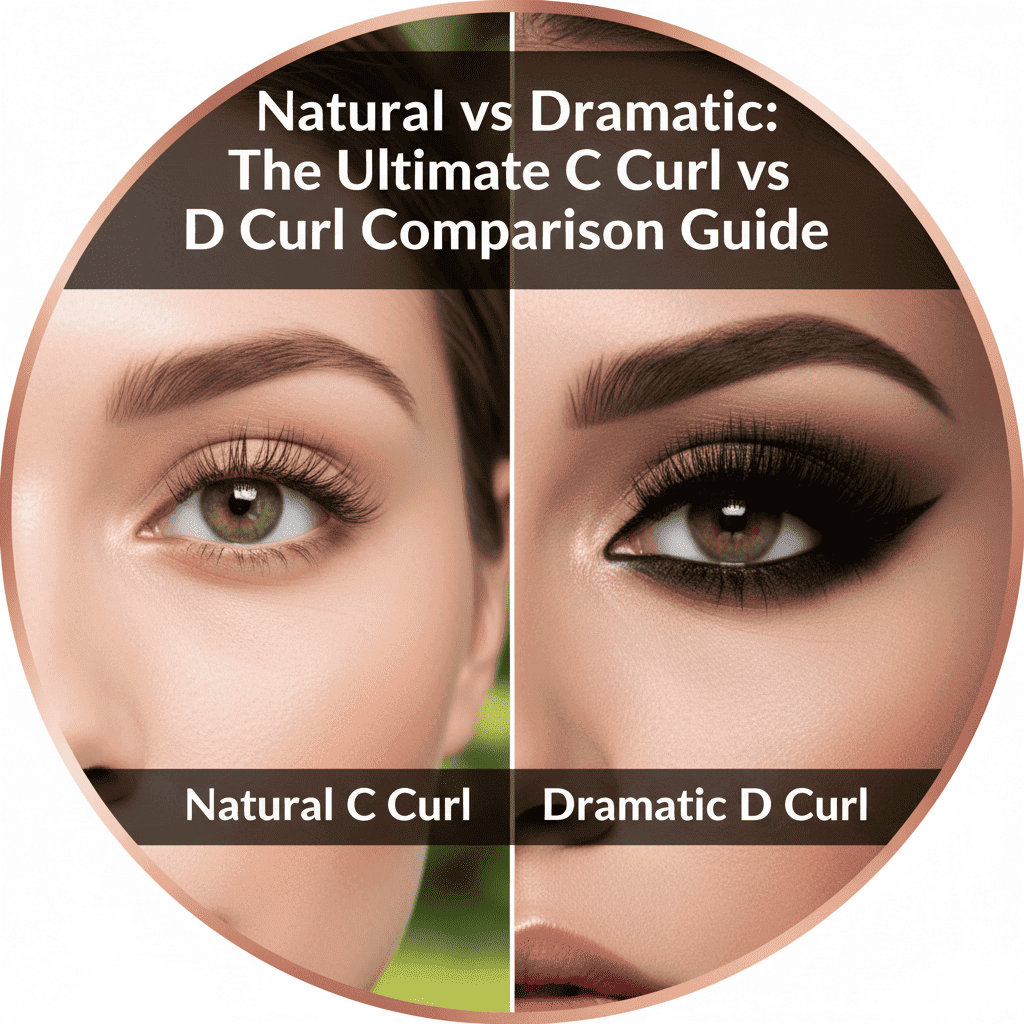
Natural vs Dramatic: The Ultimate C Curl vs D Curl Comparison Guide
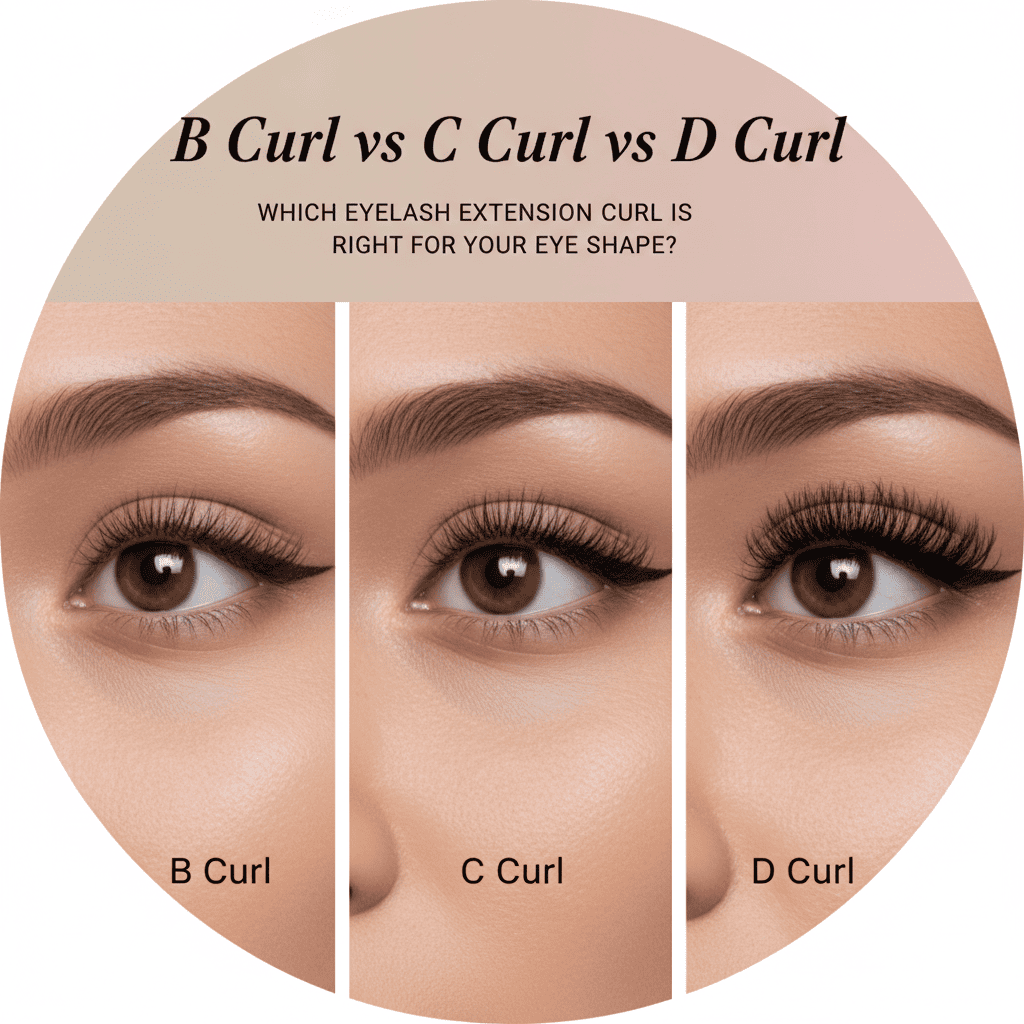
B Curl vs C Curl vs D Curl: Which Eyelash Extension Curl is Right for Your Eye Shape?
